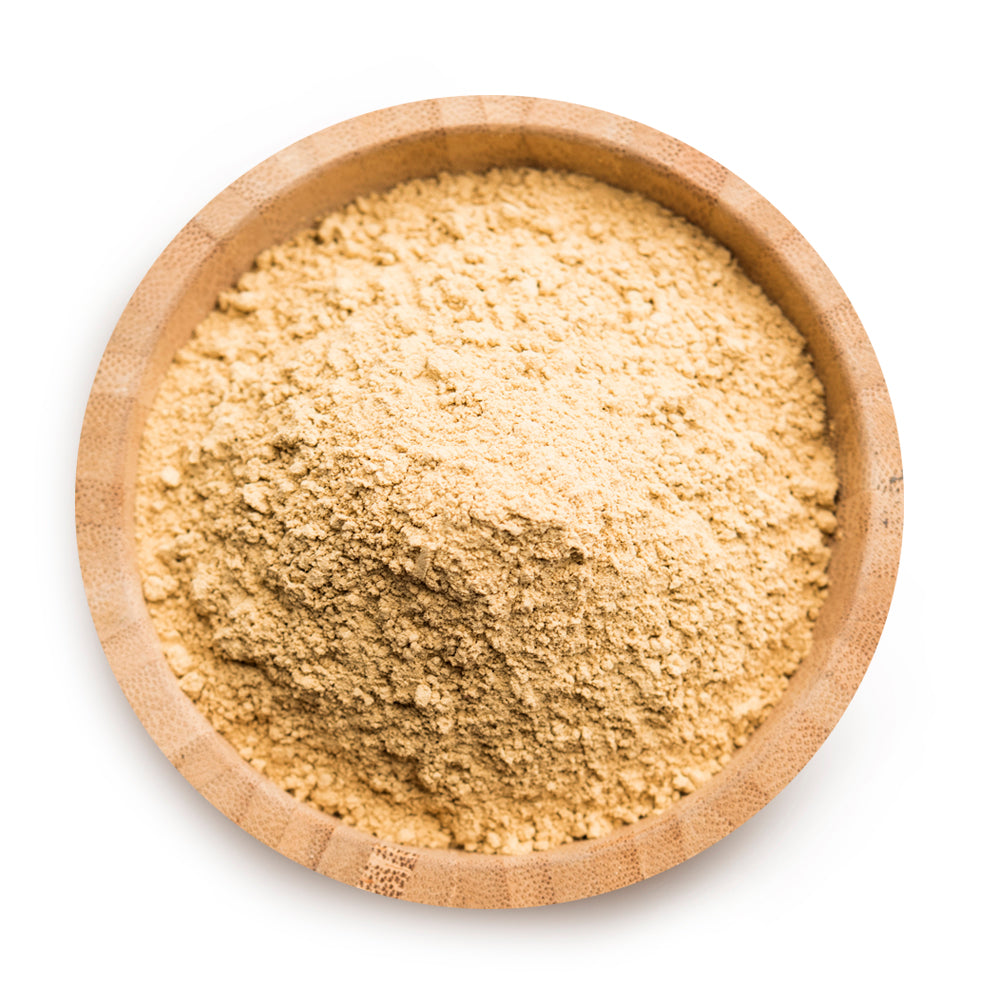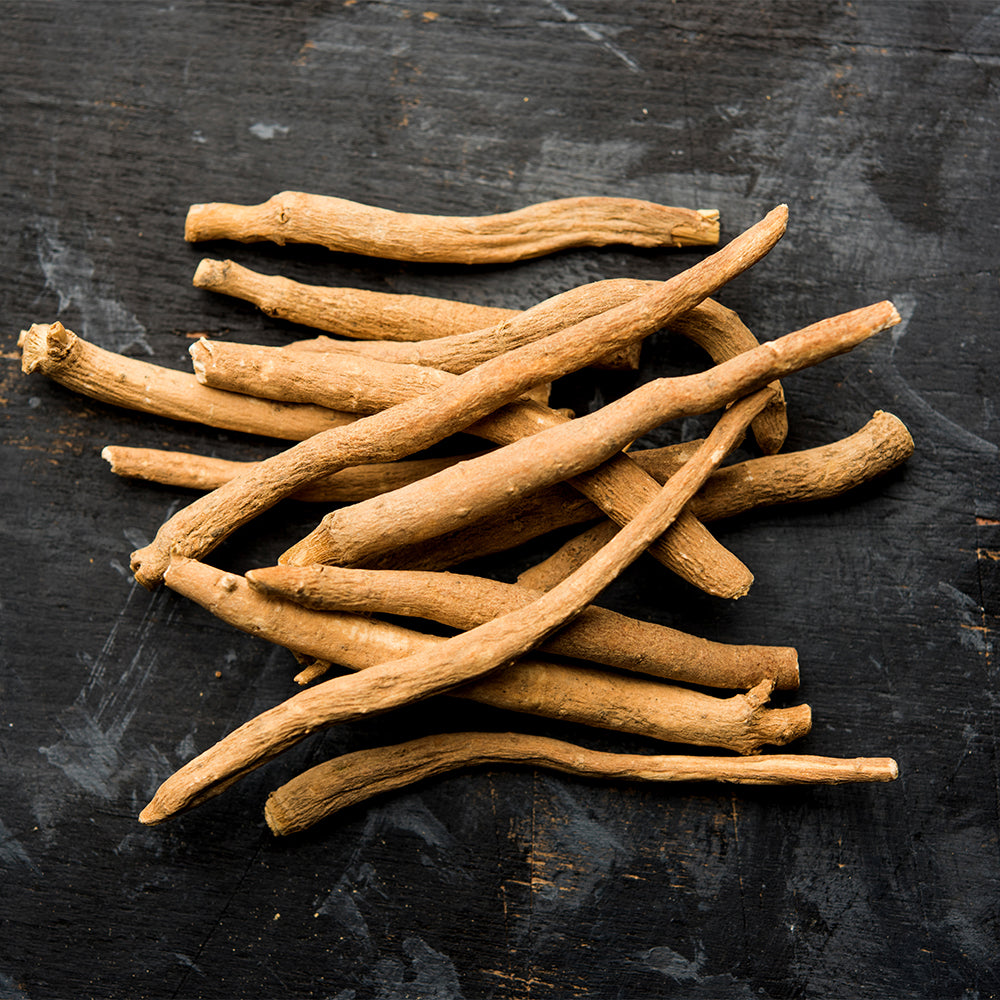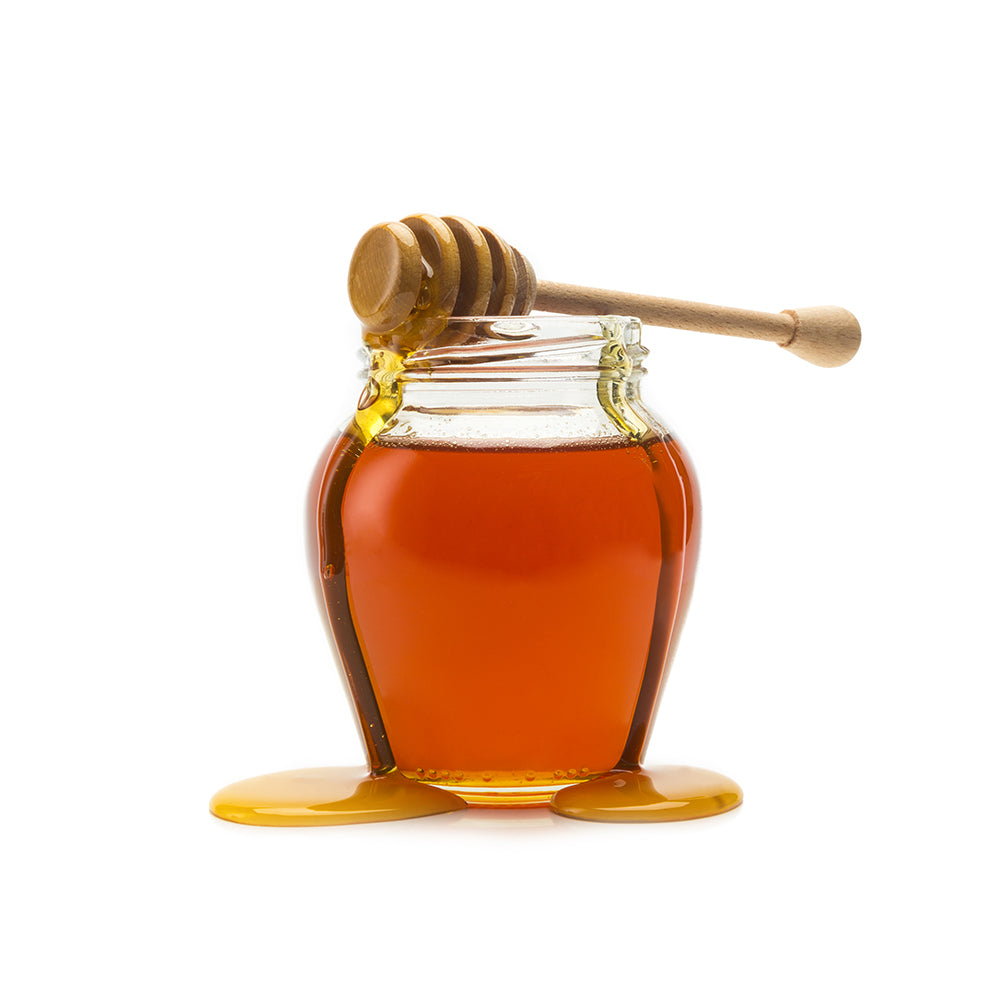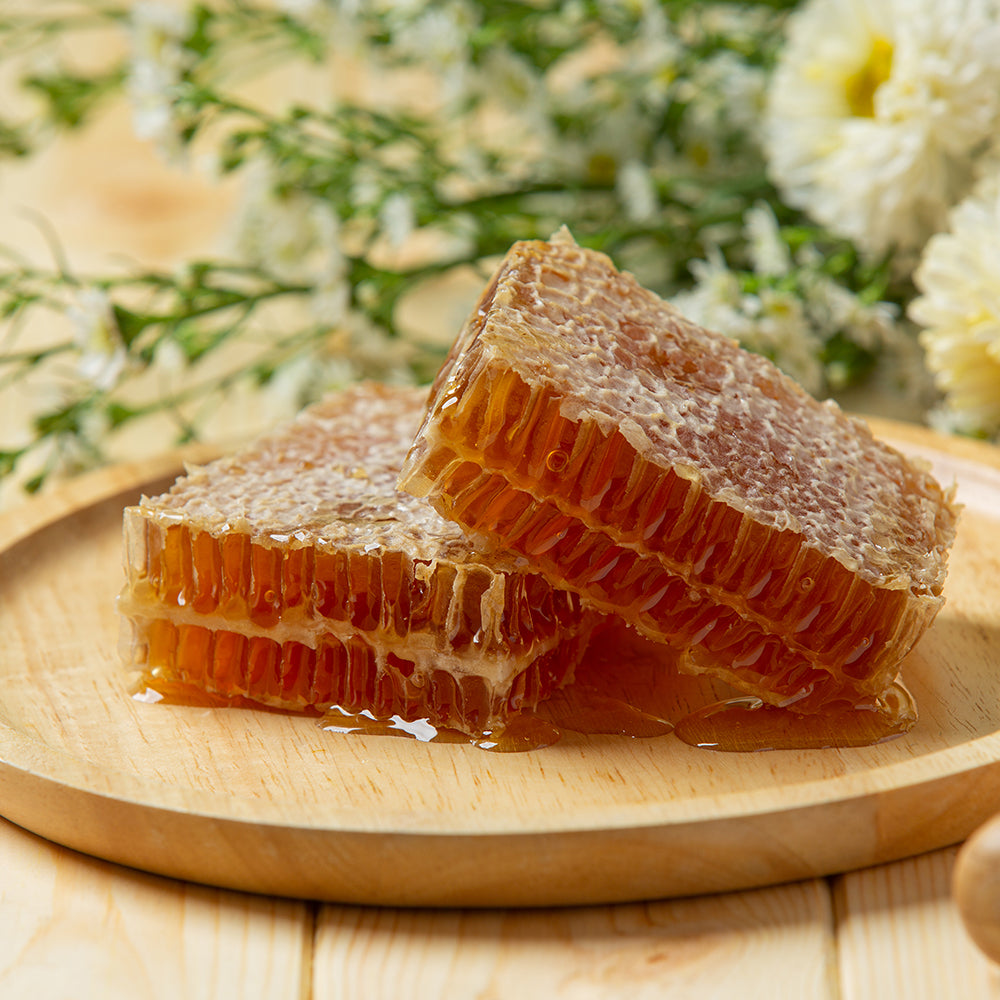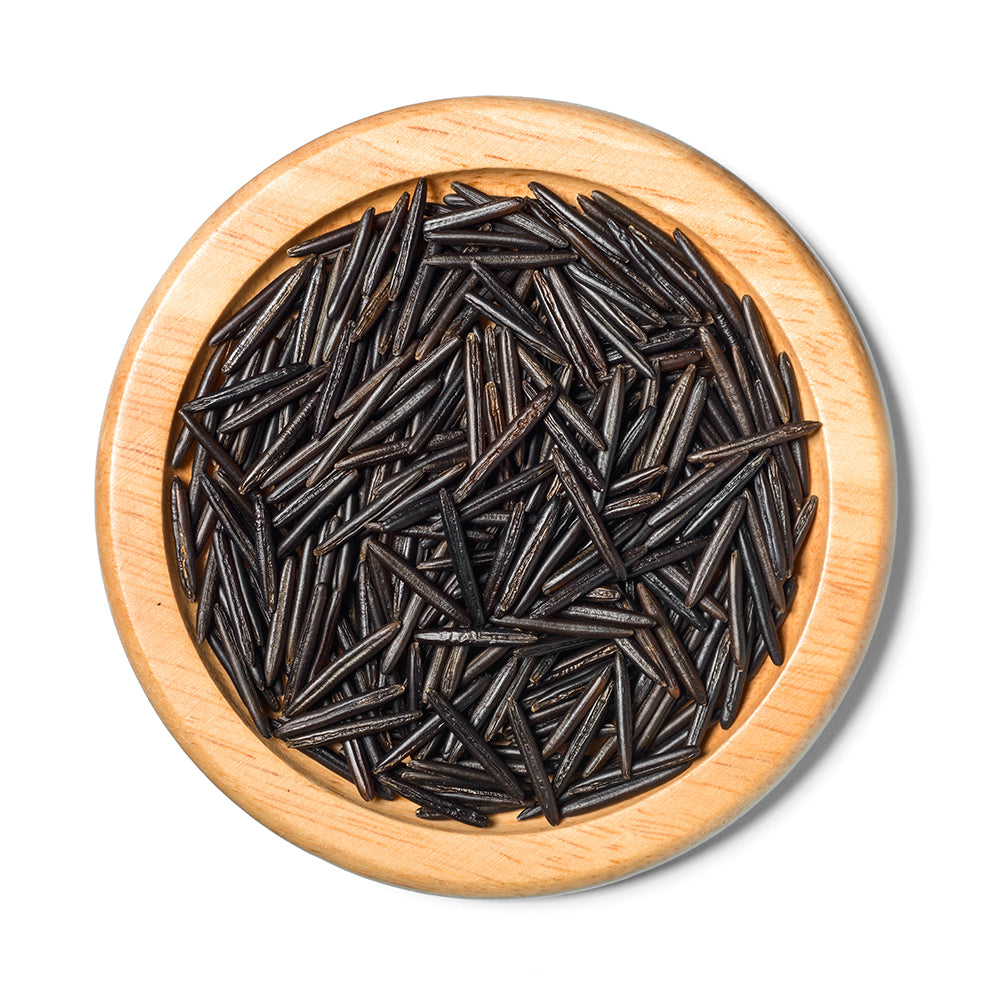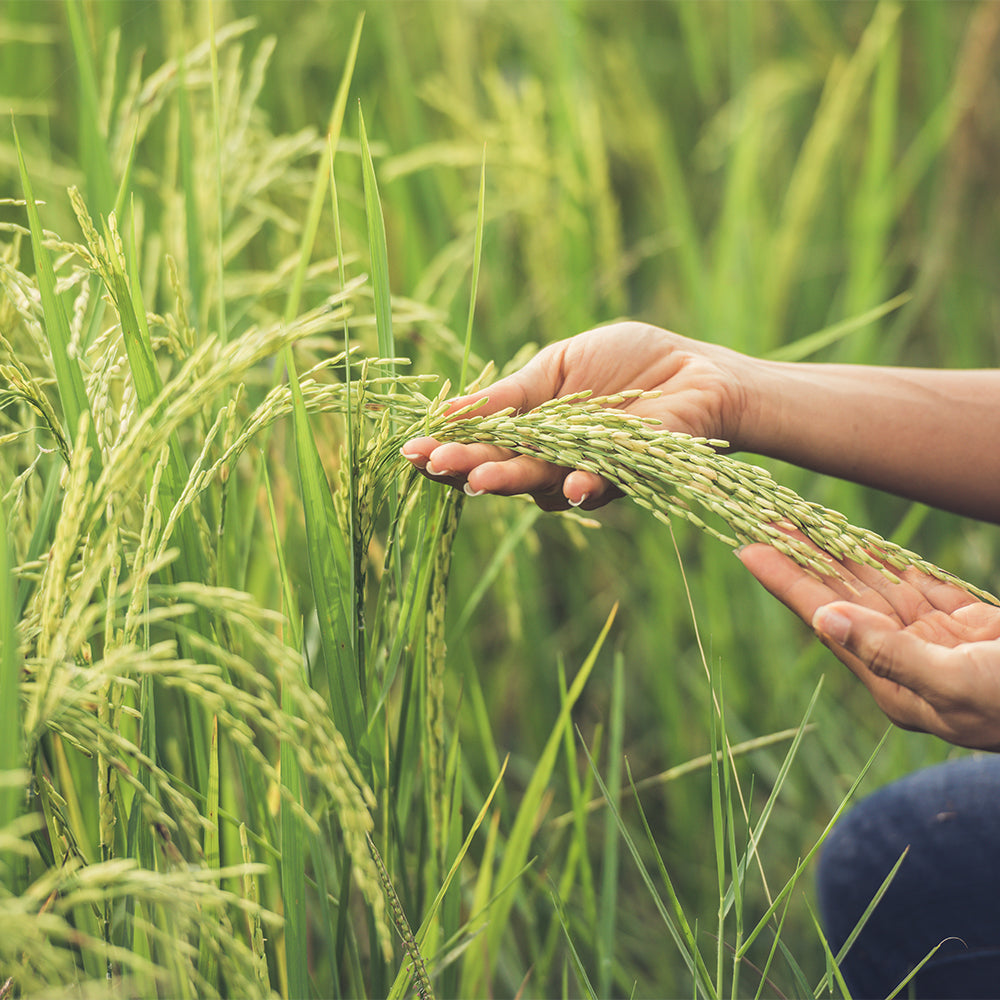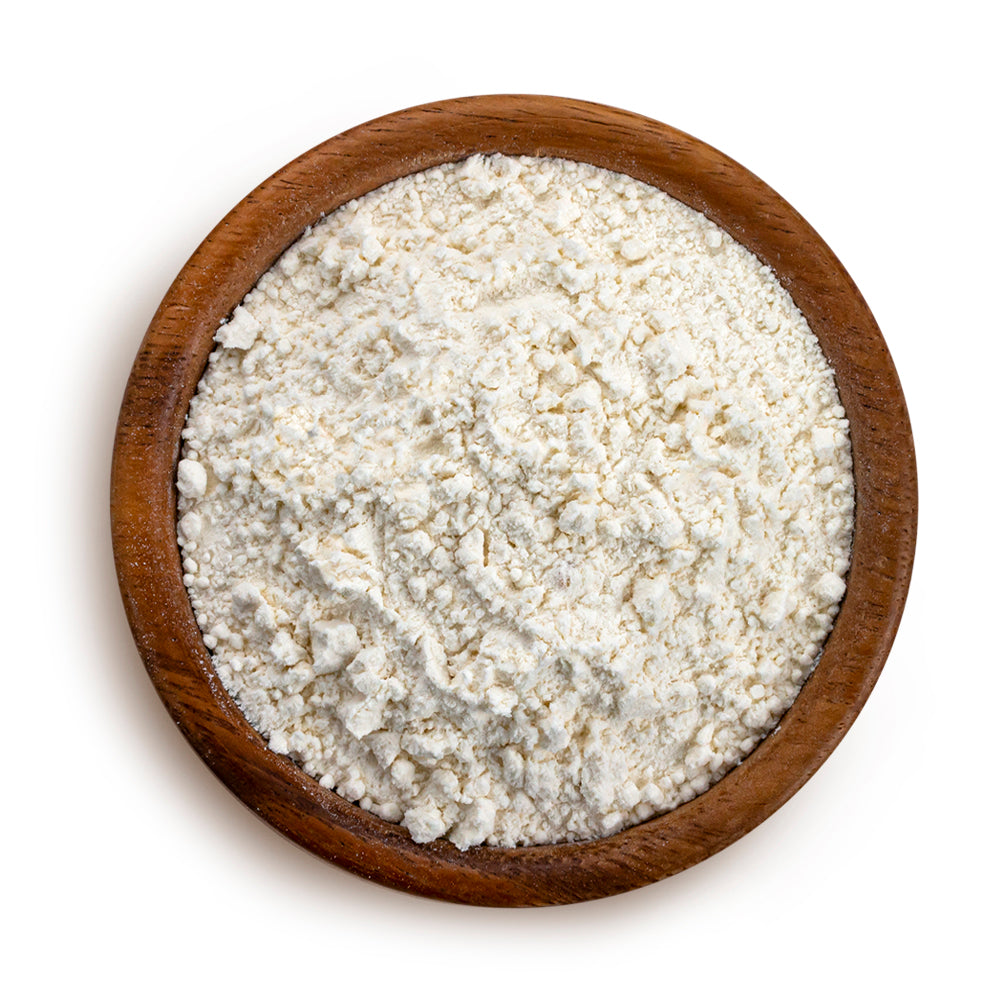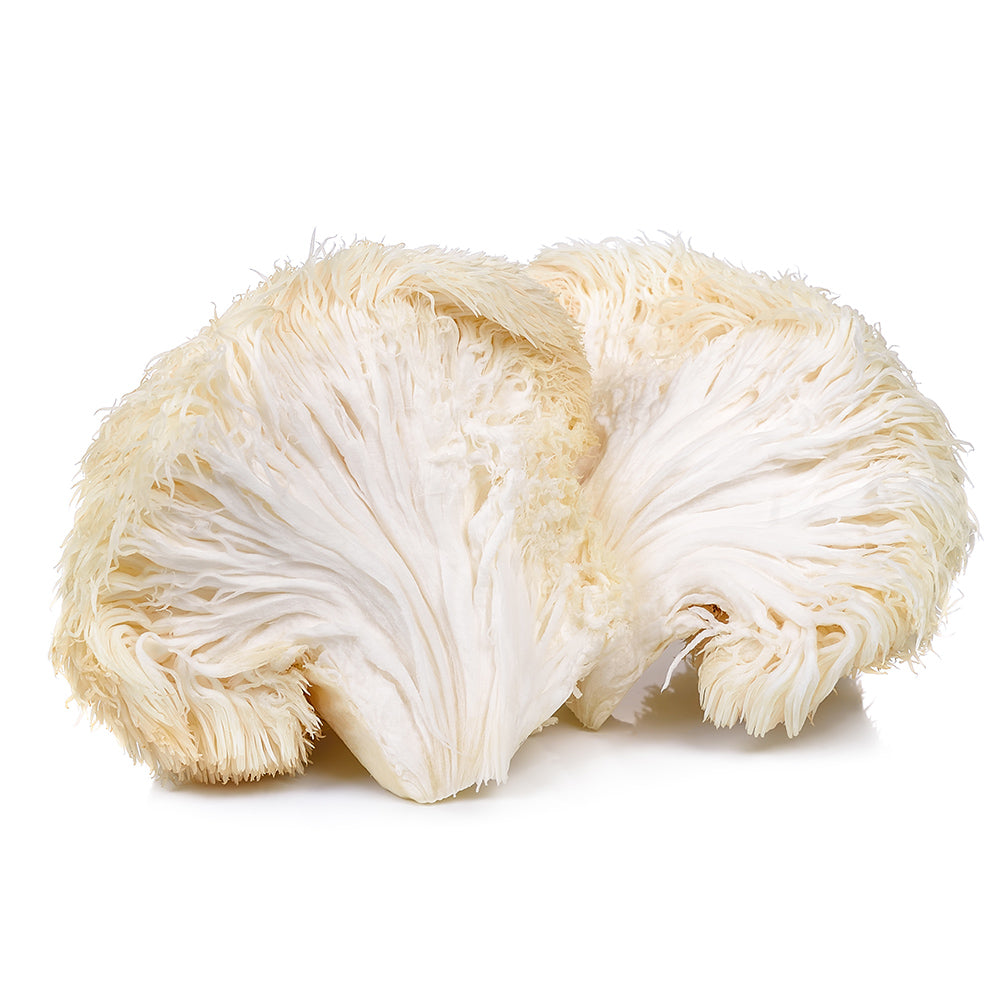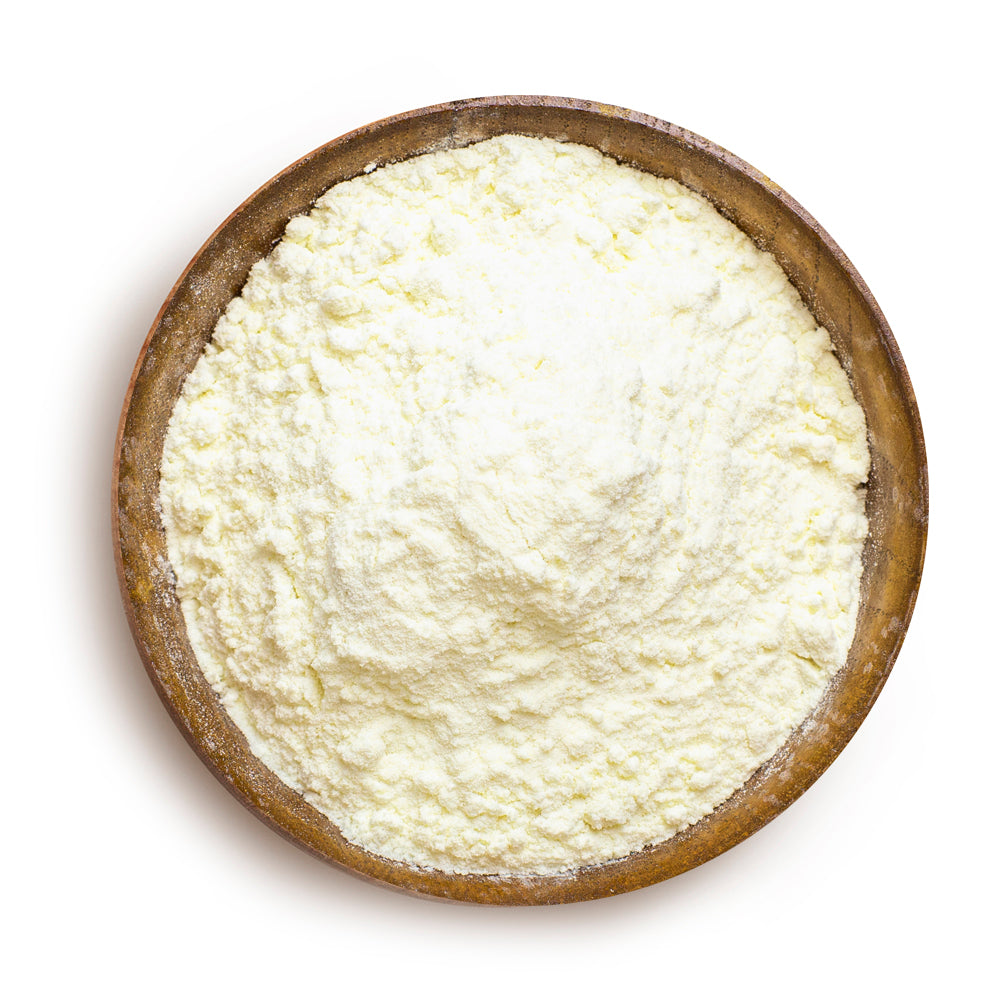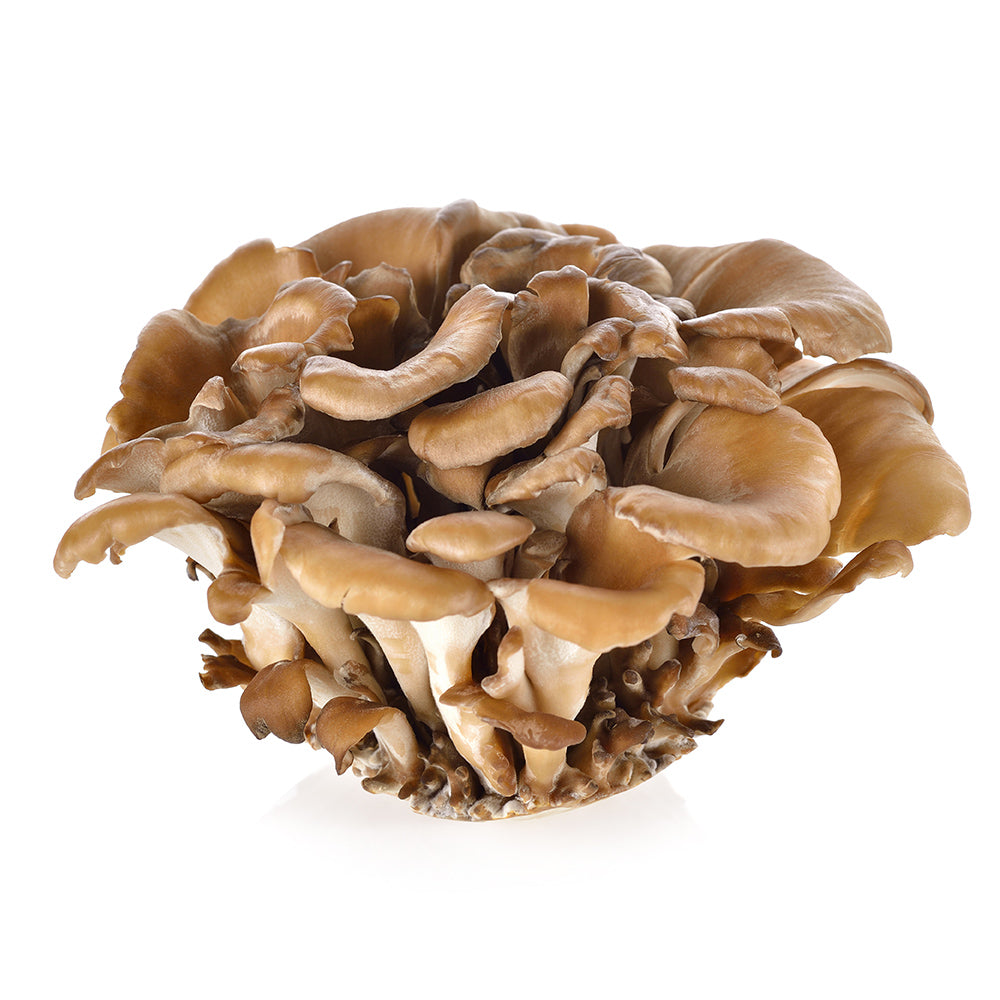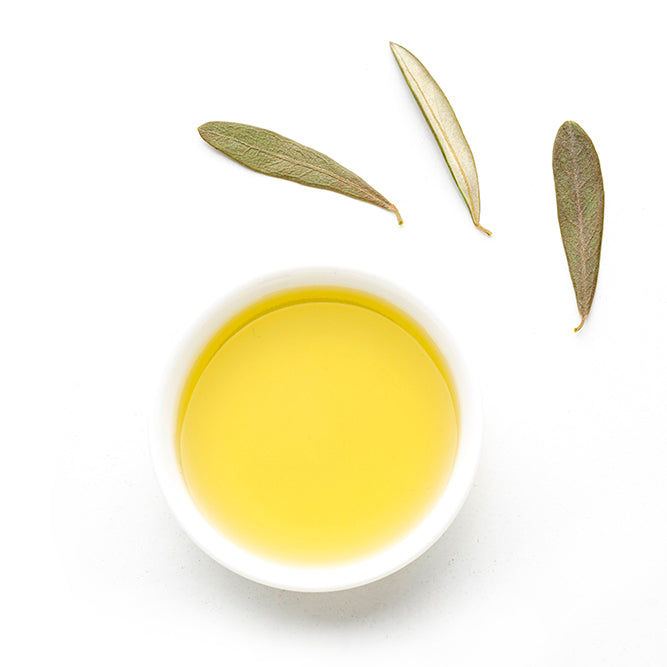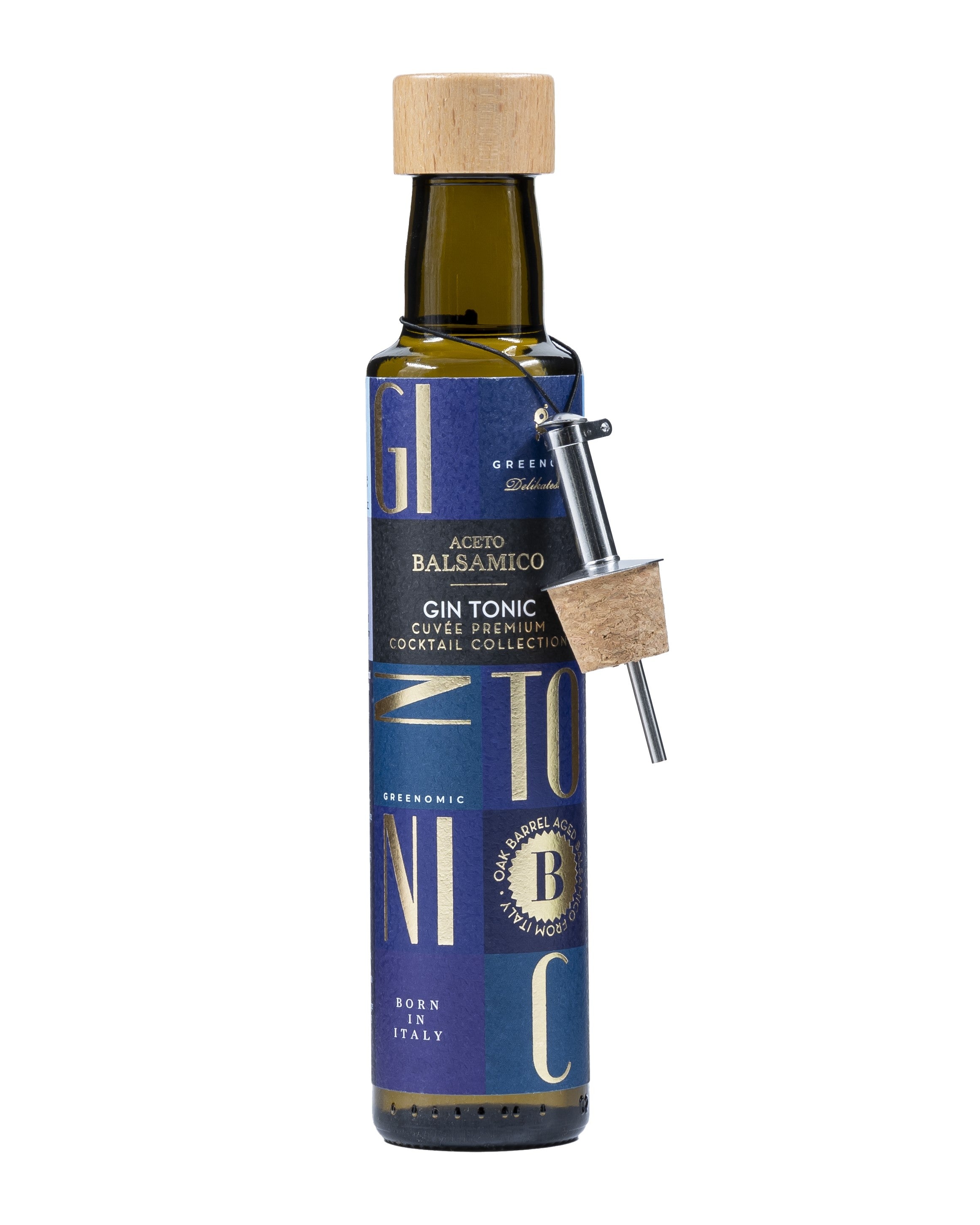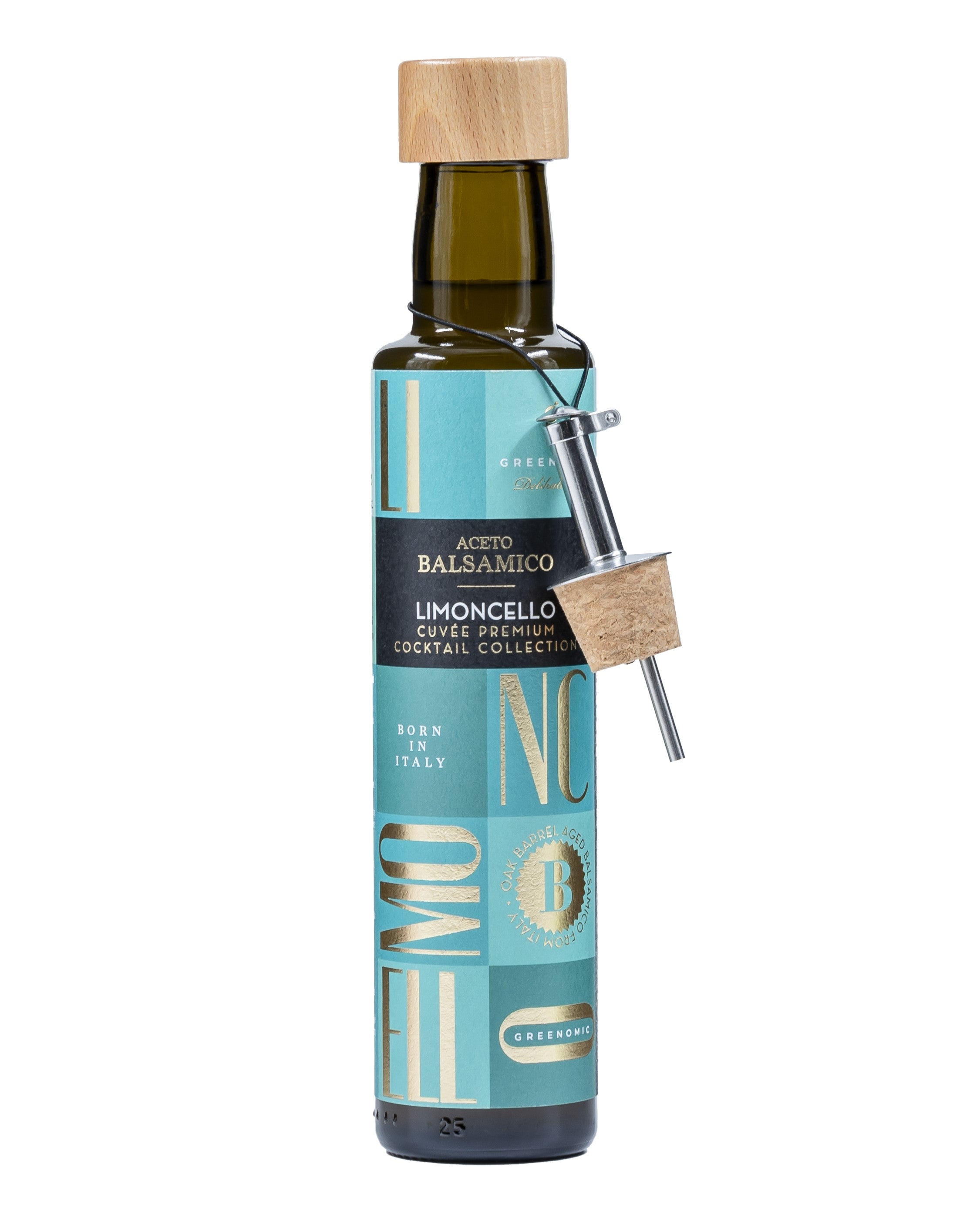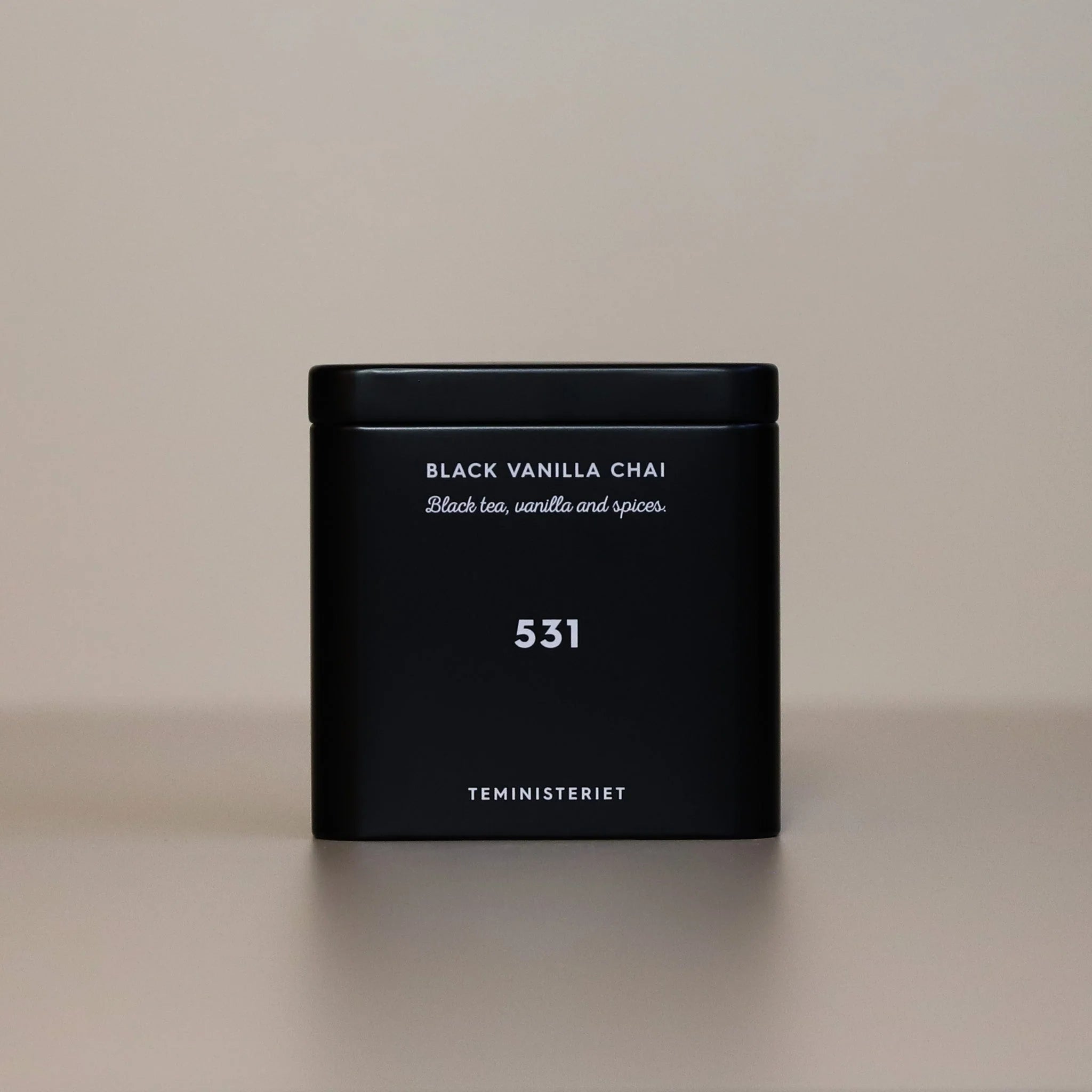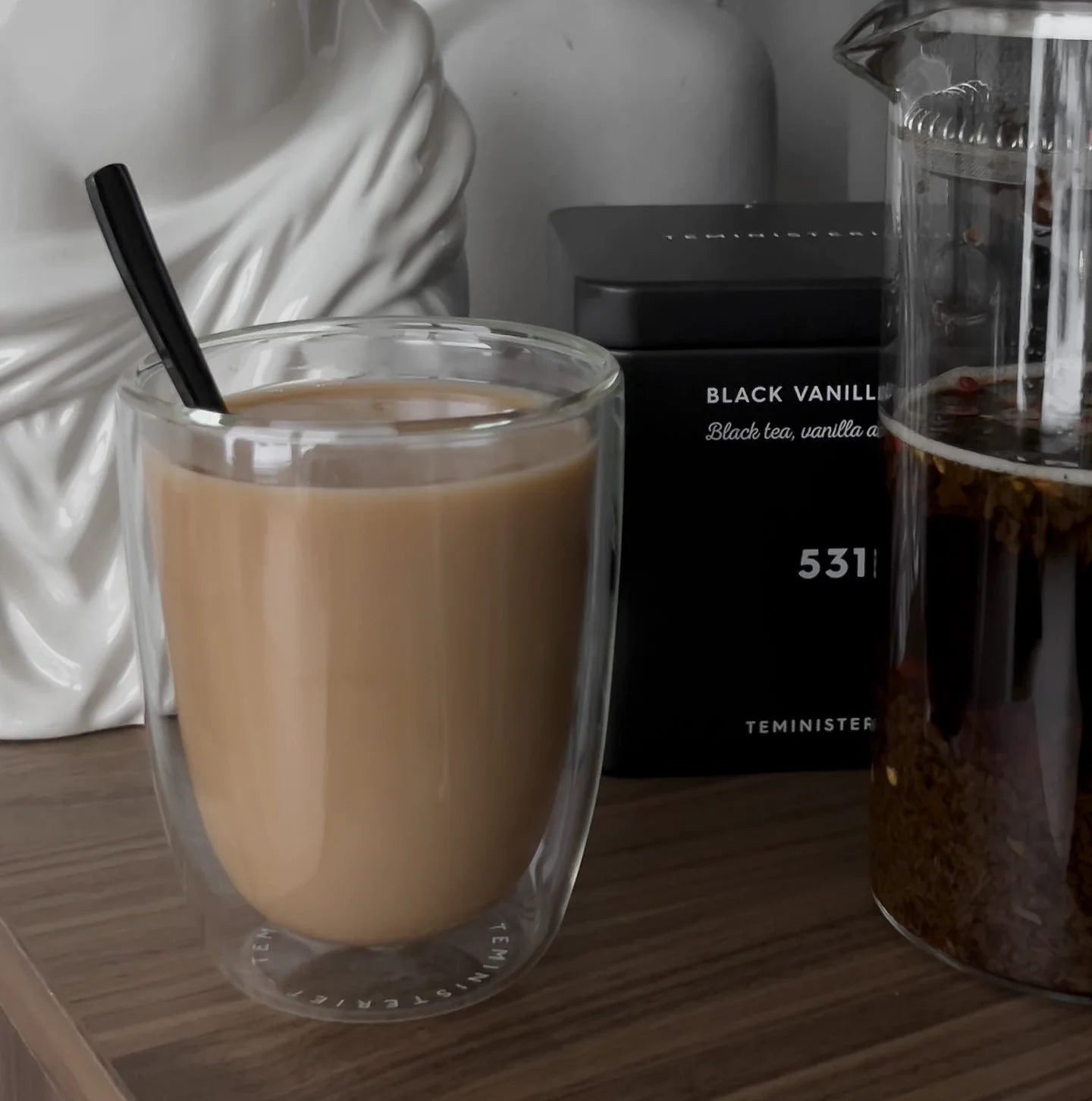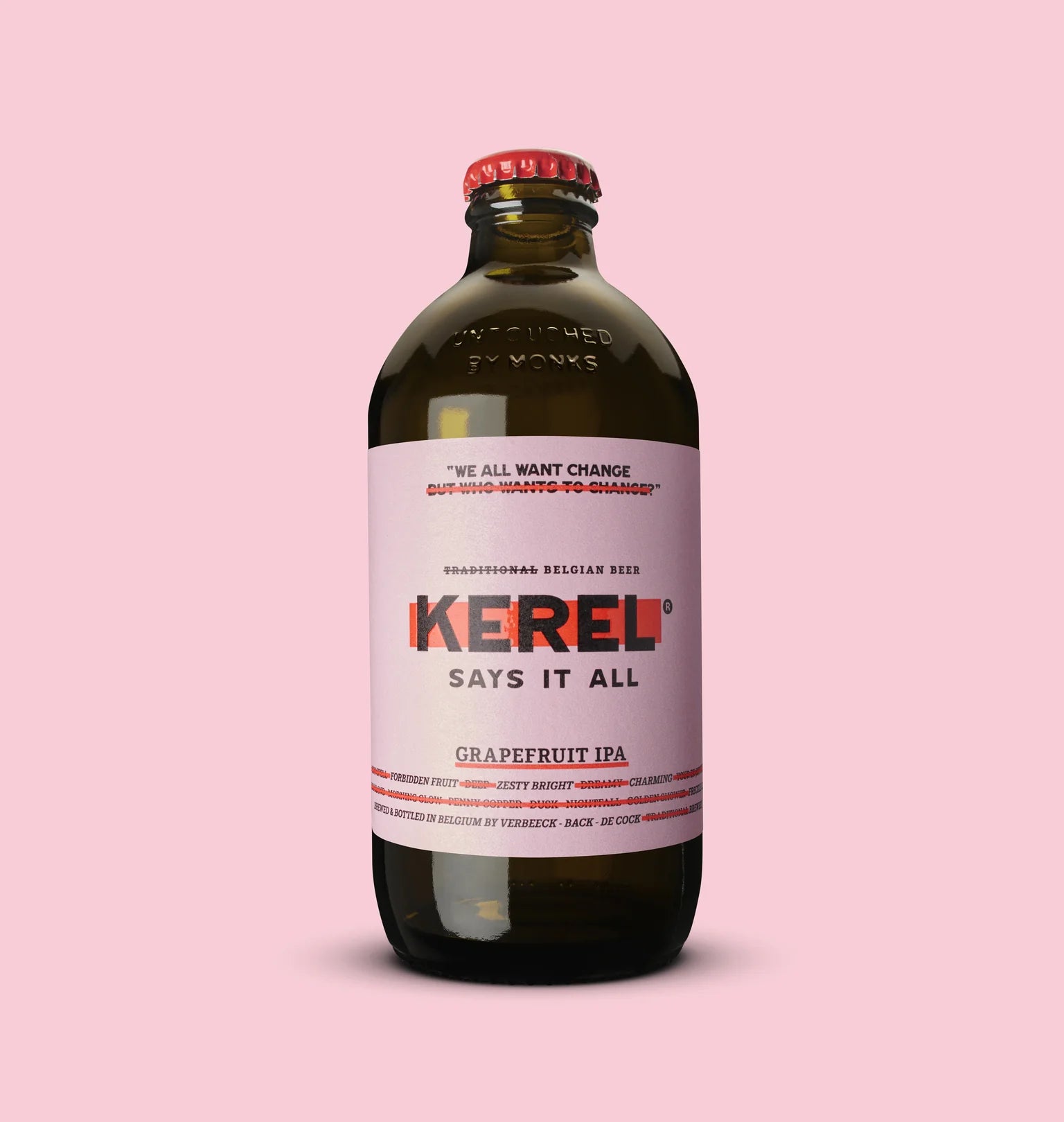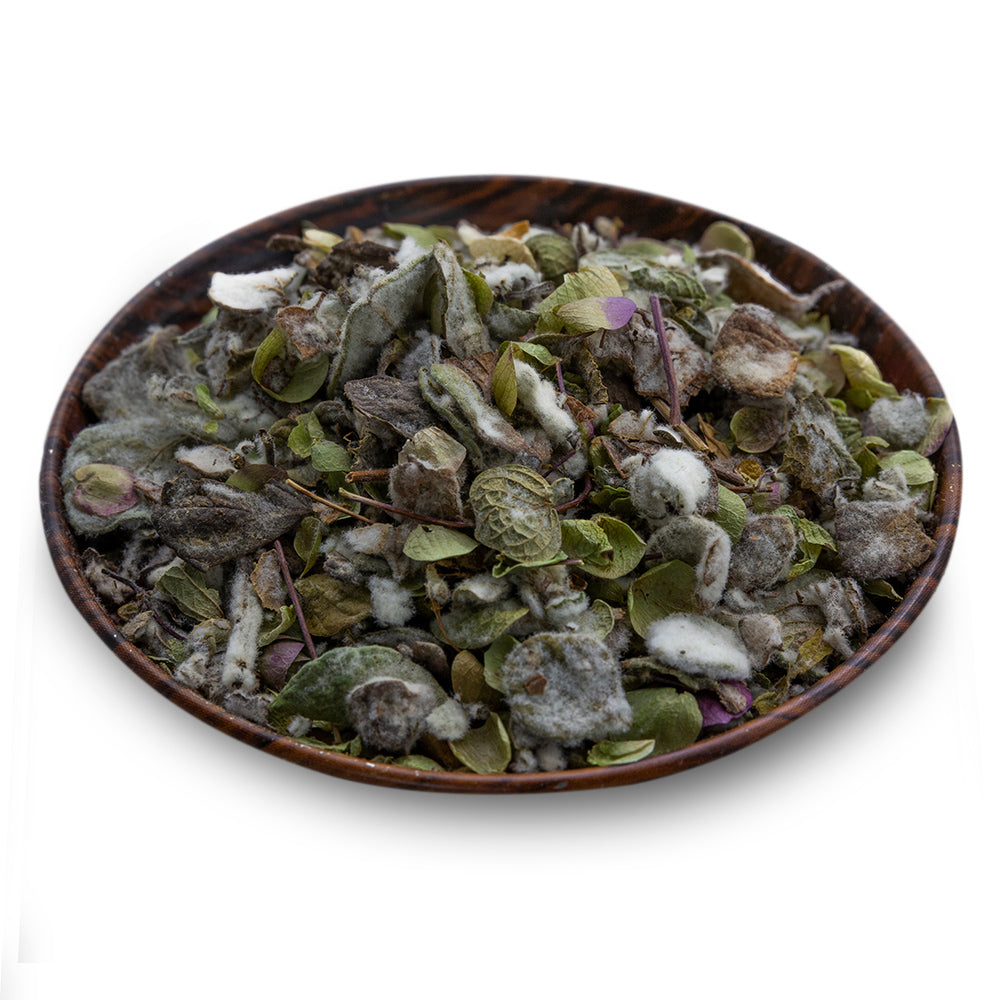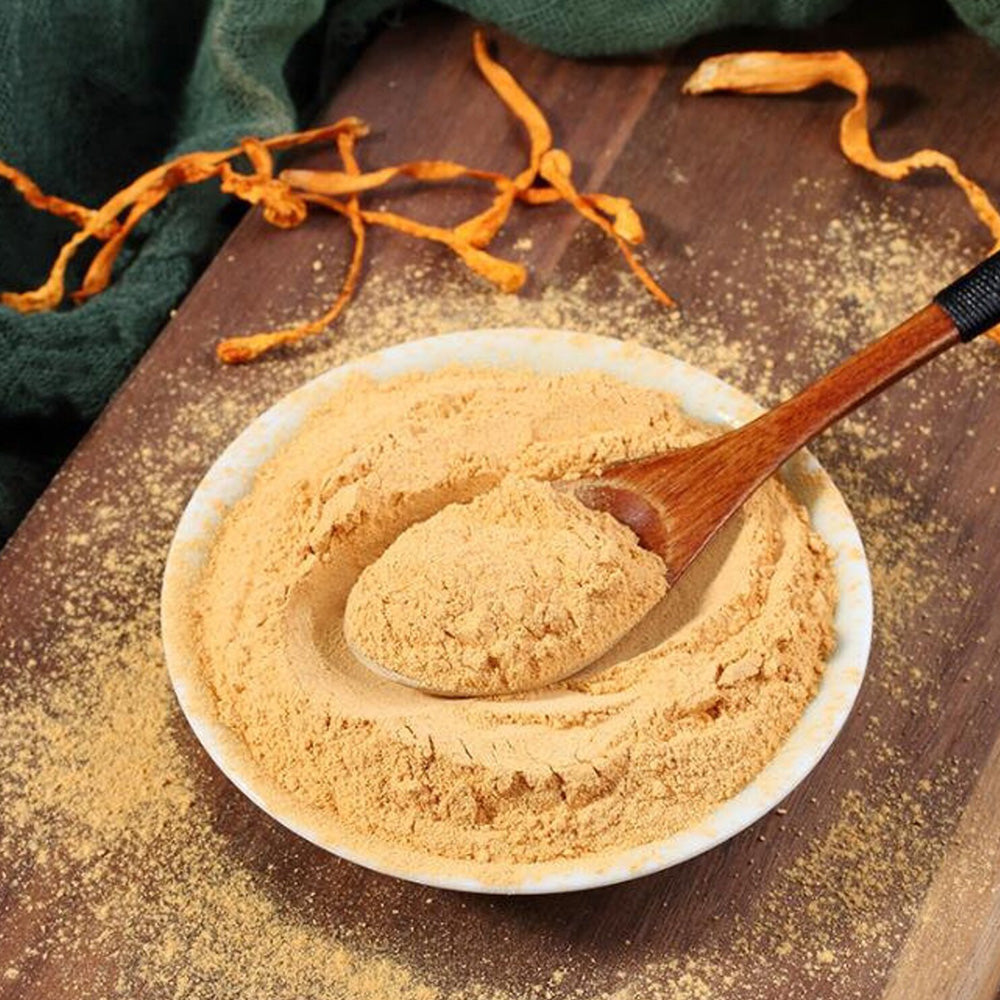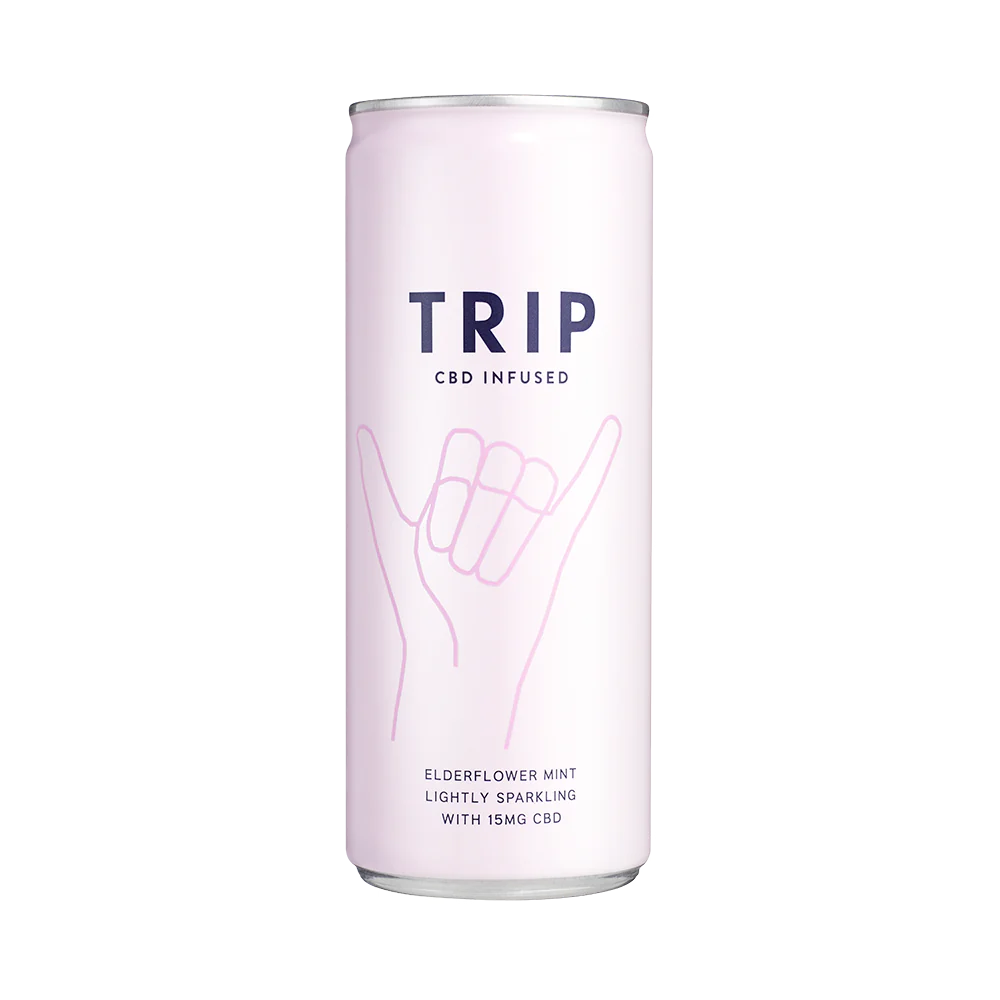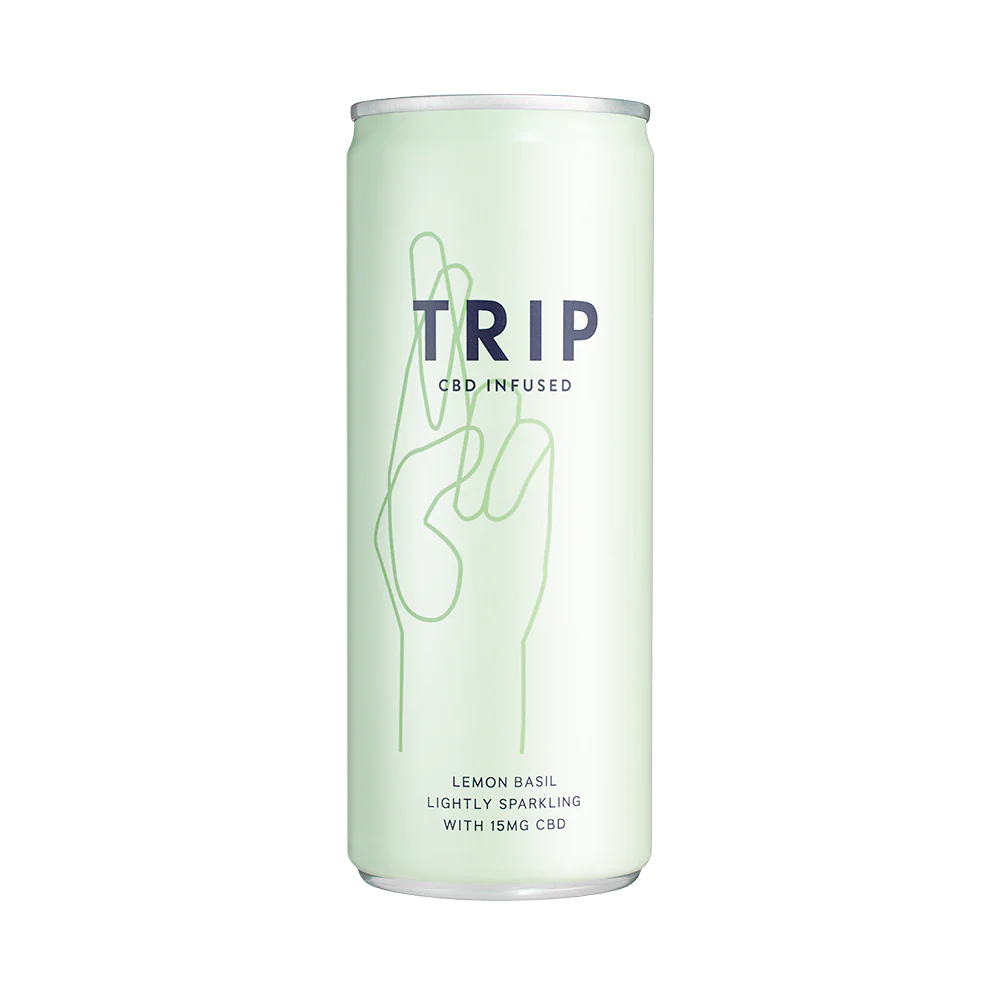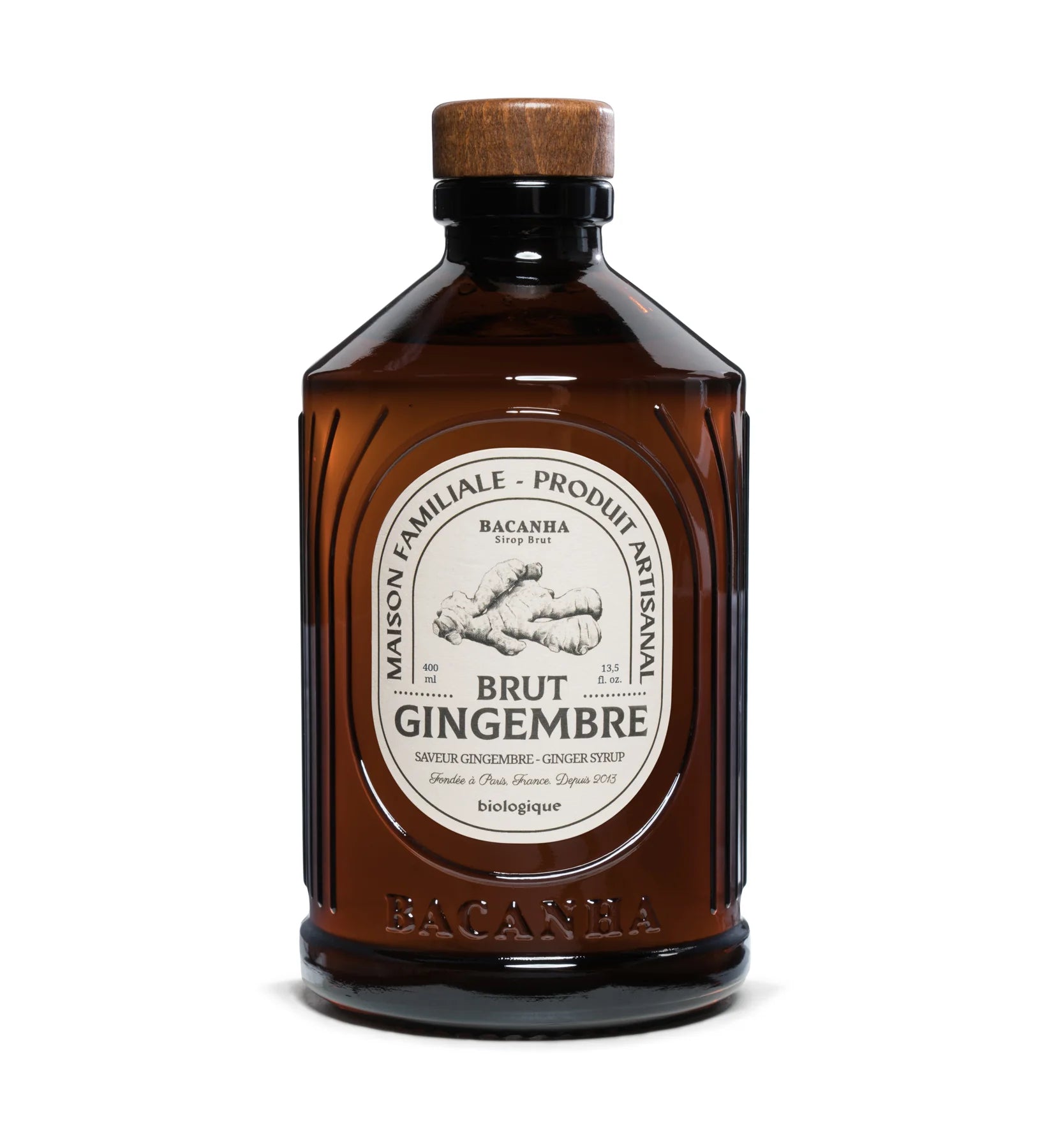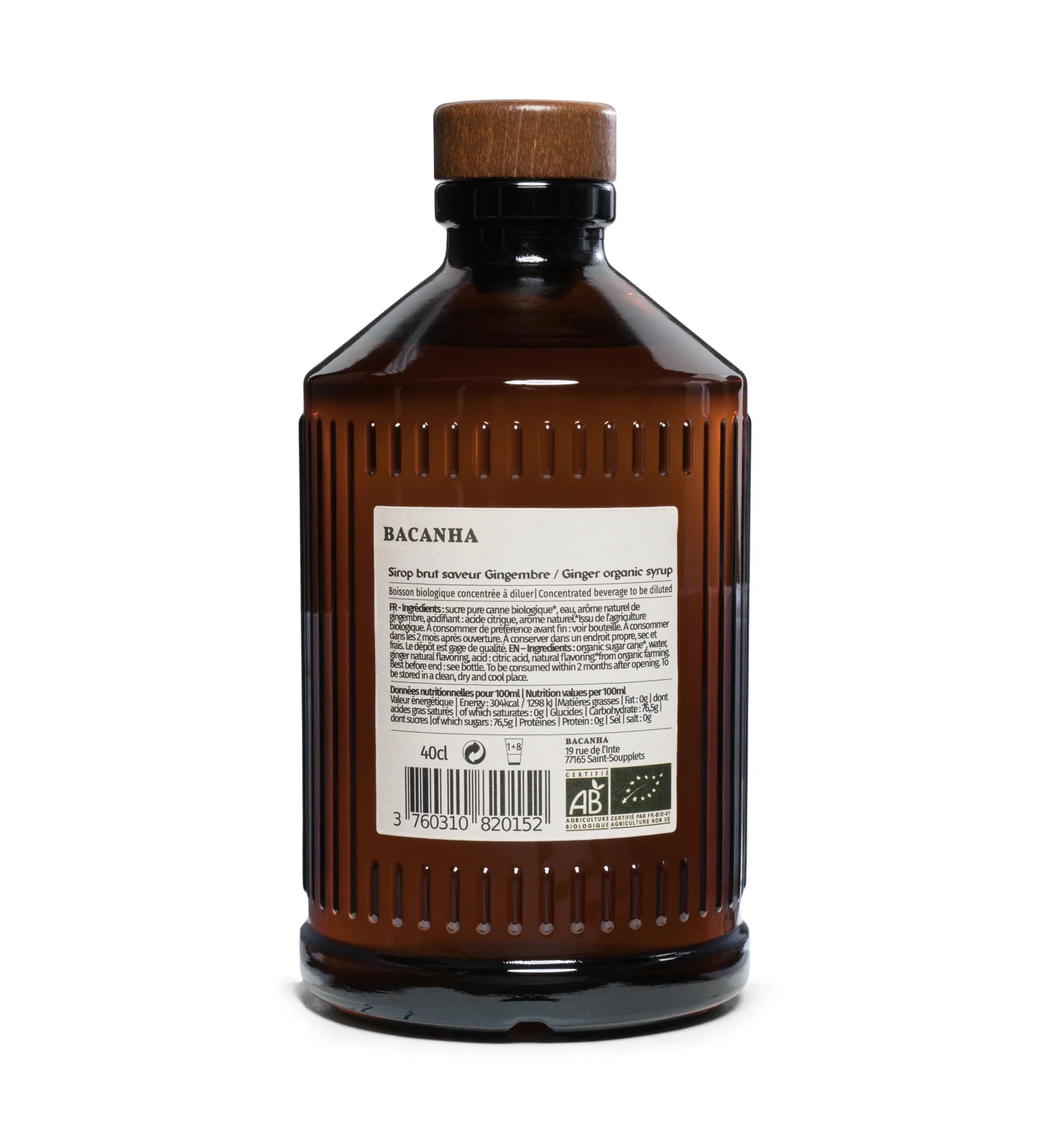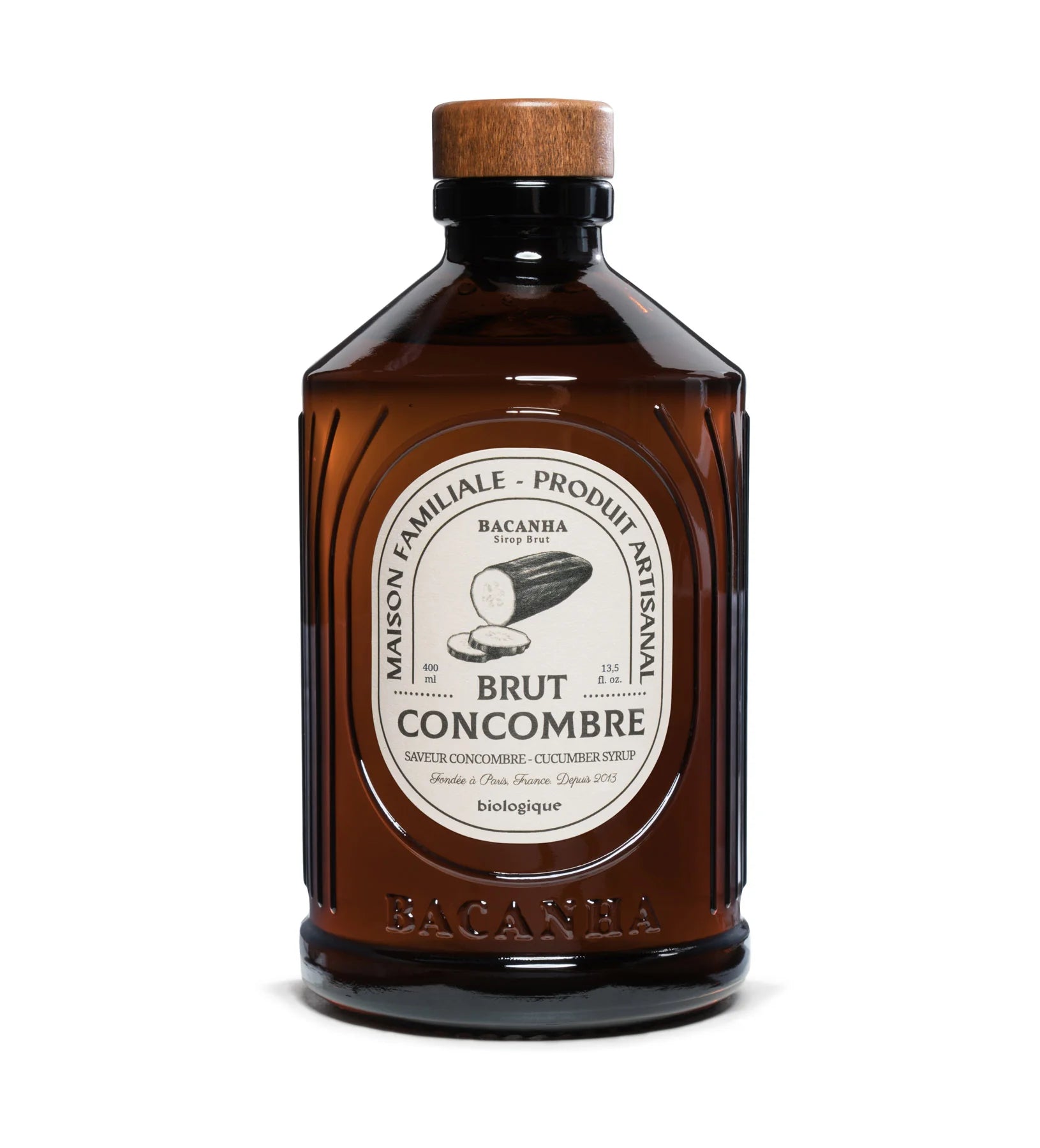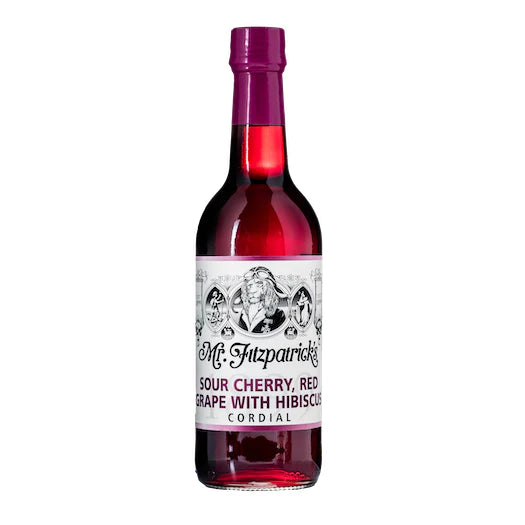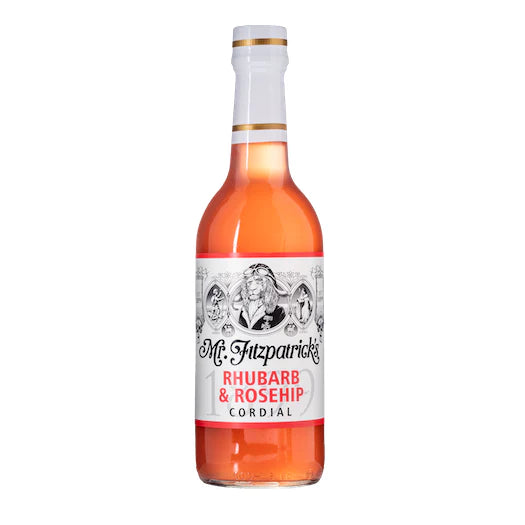About Ashwagandha Powder Organic
Ashwagandha has been used in India since ancient times as a rejuvenator and immunity booster. The first record of its use dates back to 6000 BC where it was used to treat arthritis, anxiety, among other uses. Today, it is used in Ayurvedic healing and there is some evidence to support the use of ashwagandha for stress and anxiety, arthritis, heart health, Alzheimer’s and cancer. Among the ayurvedic Rasayana herbs, Ashwagandha holds the most prominent place. Most of the Rasayana herbs are adaptogen / anti-stress agents.
The root of Ashwagandha is regarded as tonic, aphrodisiac, narcotic, diuretic, anthelmintic, astringent, thermogenic and stimulant. The root smells like horse (“ashwa”), that is why it is called Ashwagandha (on consuming it gives the power of a horse). Ashwagandha is commonly available as a churna, a fine sieved powder that can be mixed with water, ghee (clarified butter) or honey. It enhances the function of the brain and nervous system and improves the memory. It improves the function of the reproductive system promoting a healthy sexual and reproductive balance. Being a powerful adaptogen, it enhances the body’s resilience to stress. Ashwagandha improves the body’s defense against disease by improving the cell-mediated immunity. It also possesses potent antioxidant properties that help protect against cellular damage caused by free radicals.
Our Organic Ashwagandha Root Powder is light in color and has a mild flavor with a slightly nutty aroma. It mixes well into smoothies, shakes, and cereals, and makes a wonderful sleep aid with mixed with soy, coconut, or almond milk.
Storage and shelf life
Store in a cool dry place. Ashwagandha powder has a shelf life of 24 months if store properly
Shipping and delivery
The product is available for delivery and pick up from our store in de Pijp.
The product is delivered in recycled paper bags.
Nutricional information
Nutritional values (per 100 gram)
Energy 3389 kJ/ 250 kCal
Protein (g) 0
Fat (g) 0; Saturated: 0
Carbohydrates (g) 75; Sugars: 0
Dietary fibre (g) 25
Salt (g) 0
How to use
Our raw Ashwagandha root powder is light in color and has a mild flavor with a slightly nutty aroma. It mixes well into smoothies, shakes, and cereals, and makes a wonderful sleep aid with mixed with soy, coconut, or almond milk. It’s generally recommended to take around 250mg – 600mg of Ashwagandha powder daily. That tends to be around a teaspoon of powder. But, we recommend seeking advice from a Ayurvedic dietitian before using higher doses.
Ashwagandha can be used to prepare a simple tea in hot (but not boiling) water. Usually, a tablespoon or two is more than enough, so be careful to measure the supplement adequately.
Ashwagandha is often prescribed by Ayurvedic healers as a tonic with warm milk. This tonic is made by mixing a tablespoon of ashwagandha with milk and honey to sweeten the mixture, and then ghee would be added. If you can mix it with warm milk, of course it will also work with nearly any smoothie recipe.
If you’re on the go or want to incorporate ashwagandha with your vitamin regiment, you can also consume it in capsule form.
Other interesting information
Withania somnifera is among a group of herbs called ‘adaptogens’. Adaptogens affect systems and hormones in the body that regulate a person’s stress response. Below are scientific studies on the benefits of Ashwagandha:
Bhattacharya, S. K., et al.(2000). Anxiolytic-antidepressant activity of Withania somnifera glycowithanolides: An experimental study [Abstract].
https://www.sciencedirect.com/science/article/abs/pii/S0944711300800306?via%3Dihub
Bruno, L. O., et al.(2018). Pregnancy and herbal medicines: An unnecessary risk for women’s health—A narrative review [Abstract].
https://onlinelibrary.wiley.com/doi/abs/10.1002/ptr.6020
Choudhary, B., et al.(2015). Efficacy of ashwagandha (Withania somnifera [L.] Dunal) in improving cardiorespiratory endurance in healthy athletic adults.
https://www.ncbi.nlm.nih.gov/pmc/articles/PMC4687242/
Kumar, G., et al.(2015). Efficacy & safety evaluation of Ayurvedic treatment (Ashwagandha powder & Sidh Makardhwaj) in rheumatoid arthritis patients: A pilot prospective study.
https://www.ncbi.nlm.nih.gov/pmc/articles/PMC4405924/
Lopresti, A. L., et al.(2019). An investigation into the stress-relieving and pharmacological actions of an ashwagandha (Withania somnifera) extract: A randomized, double-blind, placebo-controlled study.
https://www.ncbi.nlm.nih.gov/pmc/articles/PMC6750292/
Pratte, M. A., et al. (2014). An alternative treatment for anxiety: A systematic review of human trial results reported for the Ayurvedic herb ashwagandha (Withania somnifera).
https://www.ncbi.nlm.nih.gov/pmc/articles/PMC4270108/
Salve, J., et al.(2019). Adaptogenic and anxiolytic effects of ashwagandha root extract in healthy adults: A double-blind, randomized, placebo-controlled clinical study.
https://www.ncbi.nlm.nih.gov/pmc/articles/PMC6979308/
Sandhu, J. S., et al.(2010). Effects of Withania somnifera (ashwagandha) and Terminalia arjuna (Arjuna) on physical performance and cardiorespiratory endurance in healthy young adults.
https://www.ncbi.nlm.nih.gov/pmc/articles/PMC2996571/
Singh, N., et al. (2011). An overview on ashwagandha: A Rasayana (rejuvenator) of Ayurveda.
https://www.ncbi.nlm.nih.gov/pmc/articles/PMC3252722/
